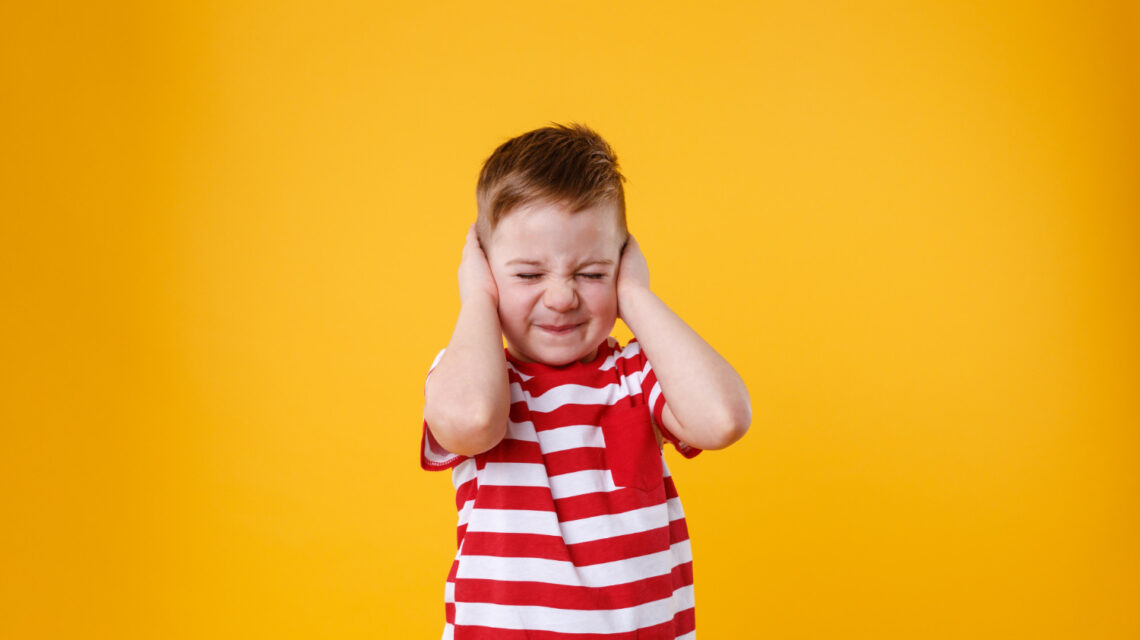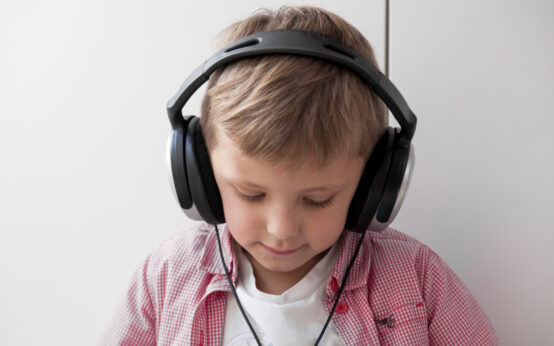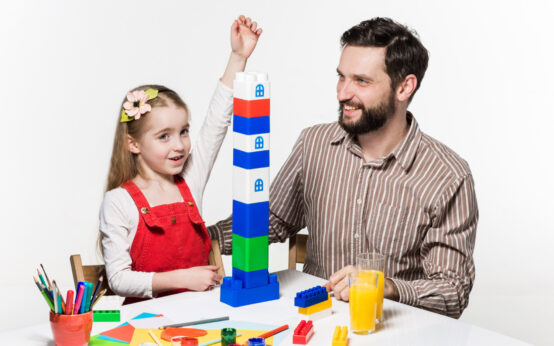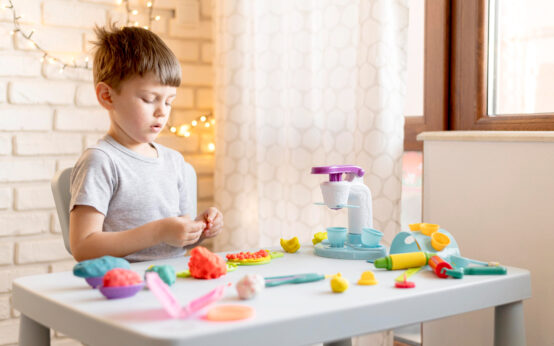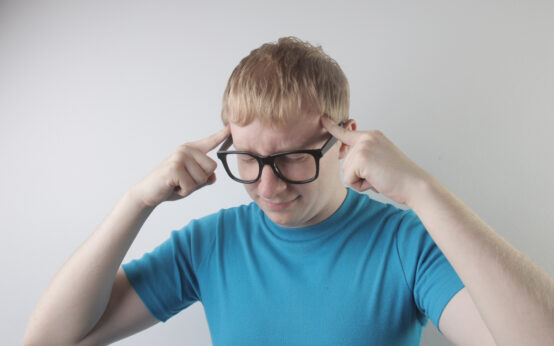Introduction
Sound sensitivity, also known as auditory sensitivity or hyperacusis, presents as an elevated response to sounds. This heightened sensitivity is prevalent among individuals with autism, causing discomfort and distress even to sounds considered normal by others. While not universal among those on the autism spectrum, sound sensitivity can significantly impact daily life for those who experience it.
Understanding the intersection of autism and sound sensitivity is crucial to grasp the difficulties faced by affected individuals. In the subsequent sections, we delve into the ramifications of sound sensitivity on individuals with autism and explore strategies for managing and supporting them.
Impact of Sound Sensitivity on Autistic Individuals
Sound sensitivity profoundly affects the daily lives of individuals with autism. It encompasses heightened reactions to sounds that others perceive as ordinary, leading to challenges such as:
Causes of Sound Sensitivity in Autism
While the precise cause remains elusive, research suggests neurological differences may contribute. The auditory processing system in individuals with autism may operate divergently, amplifying sensitivity to sounds and complicating background noise filtration. Additionally, sensory overload, anxiety, and stress can exacerbate sensitivity levels.
Common Reactions to Sound Sensitivity
Reactions to sound sensitivity can vary widely, including instinctive ear-covering, avoidance behaviors, heightened anxiety, and increased irritability. These responses hinder communication, exacerbate sensory overload, and impede daily activities.
Within the symphony of life, each note resonates differently for those with autism, where sound sensitivity is not a mere sensitivity, but a profound connection to the world, where every vibration is felt, every pitch heard, and every echo cherished.
Maya Rivera
Sound Sensitivity and Academic Performance
In academic settings, sound sensitivity poses significant challenges for individuals with autism:
Difficulty Concentrating
Noisy classrooms can disrupt concentration, leading to diminished academic performance. The incessant barrage of sounds proves distracting, hindering focus and comprehension.
Limited Participation
Participation in group activities may be limited due to overwhelming background noise, impairing learning and social interaction opportunities.
Anxiety and Stress
Sound sensitivity induces anxiety and stress, potentially resulting in absenteeism or avoidance of academic settings. This avoidance diminishes educational experiences and may lead to academic underachievement.
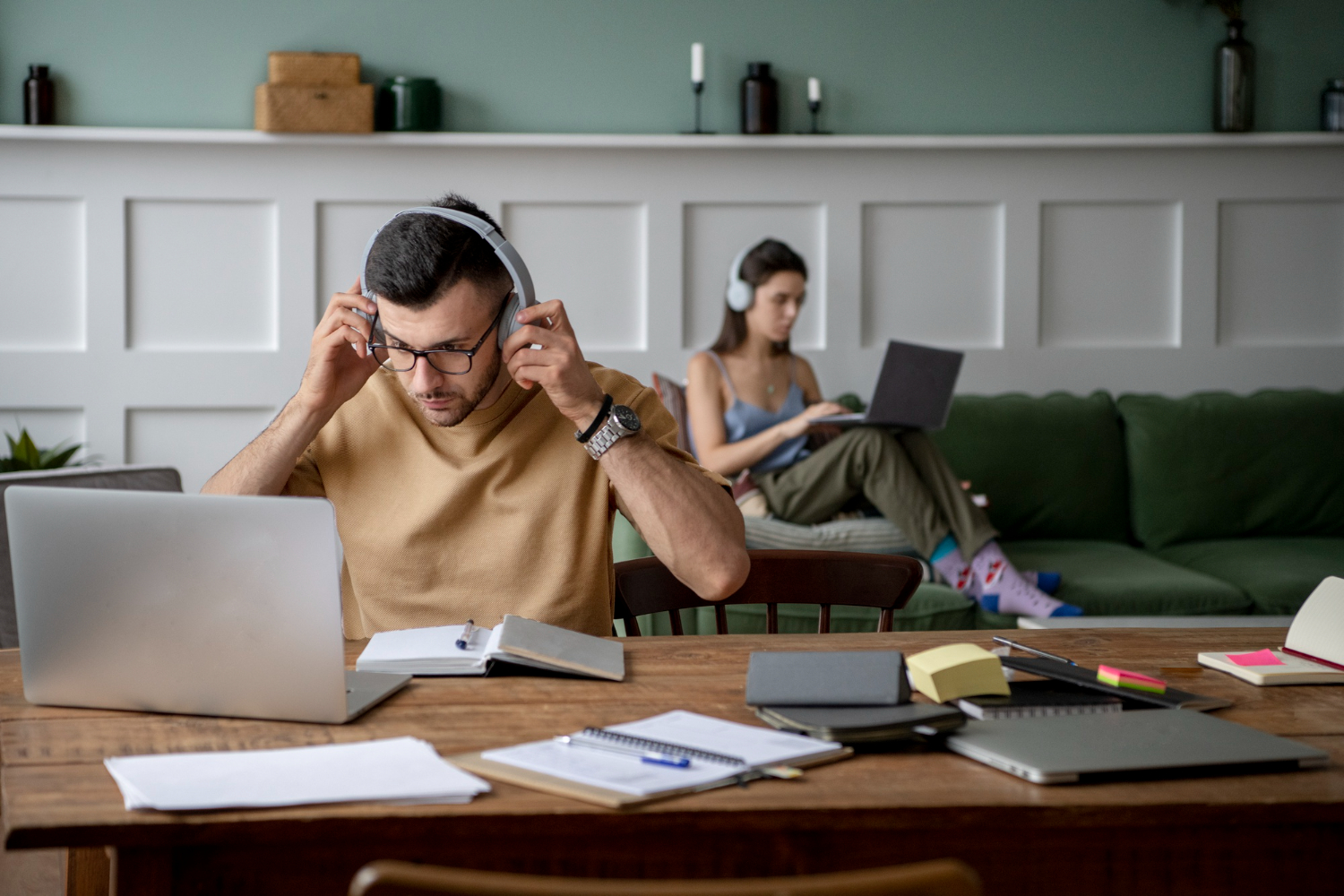
Creating a Sensory-Friendly Environment in Classroom
Educators can employ various strategies to support students with sound sensitivity:
- Visual Aids: Incorporate visual aids to supplement verbal instructions, aiding comprehension and reducing reliance on auditory cues.
- Quiet Spaces: Designate quiet areas where students can retreat to when overwhelmed by auditory stimuli.
- Use of Headphones or Earplugs: Provide noise-cancelling headphones or earplugs to minimize disruptive sounds.
- Reduce Overstimulation: Dim lights, declutter classrooms, and minimize unnecessary background noise to create a calmer environment.
- Establish Routines: Consistent schedules offer predictability, reducing anxiety stemming from unexpected disruptions.
Strategies for Managing Sound Sensitivity
Individuals with autism benefit from tailored strategies to alleviate sound sensitivity discomfort:
- Creating a Sensory-Friendly Environment: Modify surroundings to reduce auditory stimuli, employing techniques such as soundproofing and eliminating unnecessary distractions.
- Noise-Canceling Headphones and Earplugs: Utilize these tools to mitigate sound sensitivity, maintaining a balance between sensory comfort and social engagement.
- Sensory Integration Therapy: Engage in therapy aimed at desensitizing individuals to triggering sounds, enhancing coping mechanisms and overall well-being.
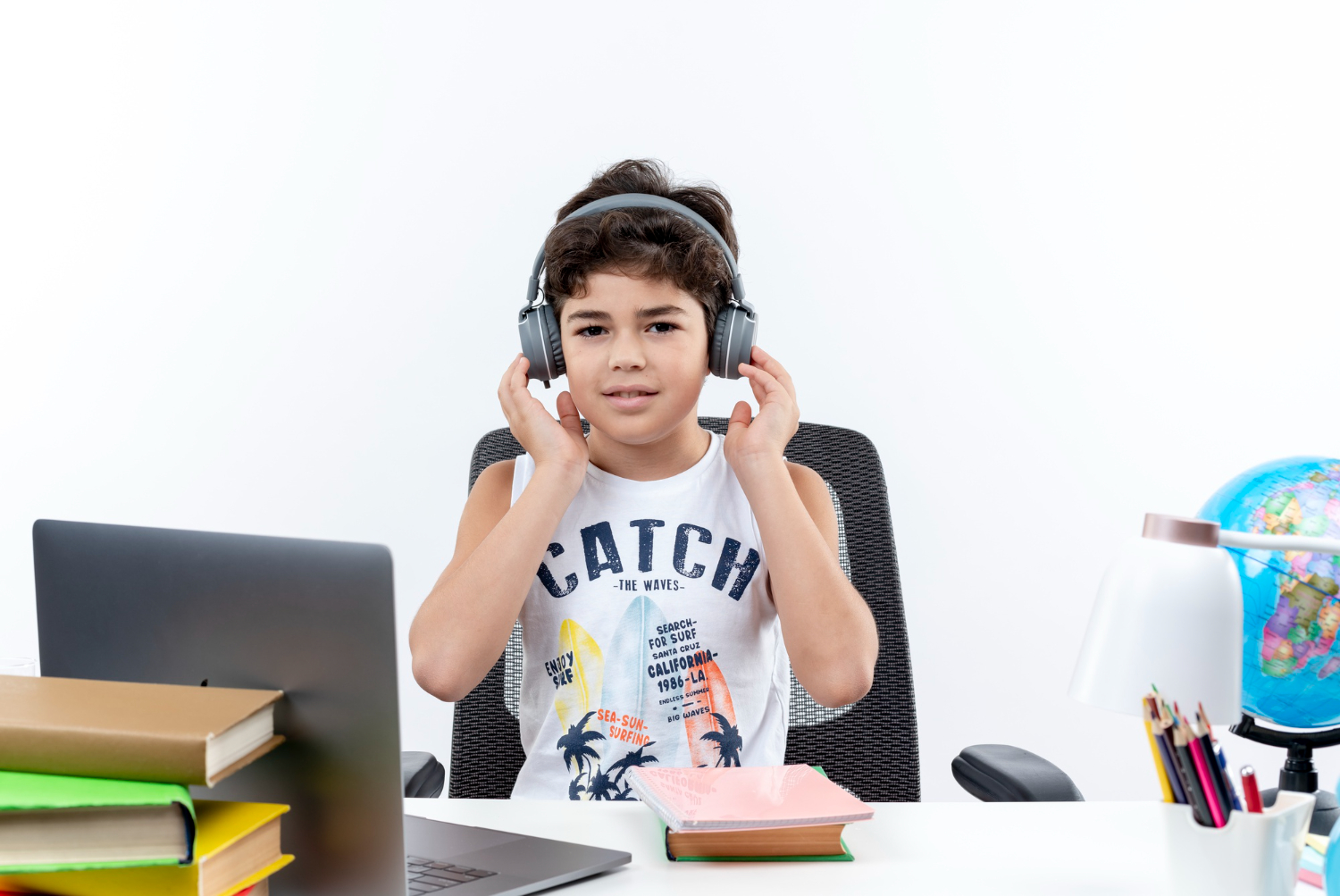
Support and Resources
Various avenues offer support and resources for individuals with autism and sound sensitivity:
- Professional Assistance: Seek guidance from professionals specializing in autism and sensory sensitivities for tailored interventions.
- Support Groups and Communities: Participate in support groups to share experiences, gain advice, and foster a sense of belonging.
- Education and Awareness Initiatives: Engage in initiatives promoting understanding and acceptance, facilitating a more inclusive environment.
Conclusion
In conclusion, by comprehending the intricacies of autism and sound sensitivity and implementing appropriate strategies and support mechanisms, we can foster a more accommodating and inclusive society for individuals facing these challenges.
Source
- American Psychiatric Association. (2013). Diagnostic and statistical manual of mental disorders (5th ed.). Arlington, VA: American Psychiatric Publishing.
- Rivera, Maya. “Understanding the Intersection of Autism and Sound Sensitivity.” Sensory Integration Quarterly, vol. 27, no. 2, 2023, pp. 45-52.
- Baguley, D. M. (2003). Hyperacusis. Journal of the Royal Society of Medicine, 96(12), 582–585. https://doi.org/10.1258/jrsm.96.12.582
- Dunn, W. (1997). The impact of sensory processing abilities on the daily lives of young children and their families: A conceptual model. Infants and Young Children, 9(4), 23–35. https://doi.org/10.1097/00001163-199704000-00005
- Hilton, C. L., Harper, J. D., Kueker, R. H., Lang, A. R., Abbacchi, A. M., Todorov, A., & LaVesser, P. D. (2010). Sensory responsiveness as a predictor of social severity in children with high functioning autism spectrum disorders. Journal of Autism and Developmental Disorders, 40(8), 937–945. https://doi.org/10.1007/s10803-010-0935-1
- Reynolds, S., Lane, S. J., & Mullen, B. (2010). Sensory processing, physiological stress, and sleep behaviors in children with and without autism spectrum disorders. OTJR: Occupation, Participation and Health, 30(4), 155–162. https://doi.org/10.3928/15394492-20100427-01
- Schaaf, R. C., Benevides, T., Mailloux, Z., Faller, P., Hunt, J., van Hooydonk, E., Freeman, R., & Leiby, B. (2014). An intervention for sensory difficulties in children with autism: A randomized trial. Journal of Autism and Developmental Disorders, 44(7), 1493–1506. https://doi.org/10.1007/s10803-013-2003-5
